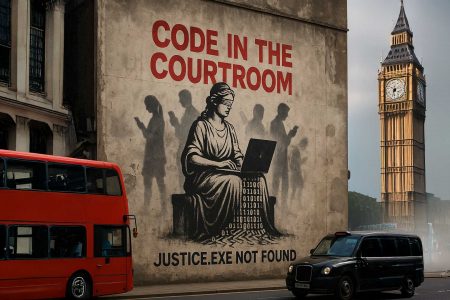The UK judiciary’s latest AI guidance demands strict verification, confidentiality, and personal accountability for all AI-assisted legal work.
A sharp, LiP-ready manual on LPP—how to keep advice and litigation strategy privileged, avoid waiver, and handle regulators/FOI, updated to 2 Nov 2025.
A new era of self-representation is emerging as litigants in person use strategy, structure, and AI tools to navigate a justice system once reserved for lawyers.
A practical guide showing how landmark English cases help Litigants in Person build stronger negligence and contract claims.
A practical guide for Litigants in Person on resisting strike-out, deposit order, and costs applications in UK employment tribunals.
Even after sweeping reforms, Employment Tribunals remain an uphill battle for self-represented claimants—especially ex-police officers suddenly cut adrift by the Federation.
CE-File rejections turned a routine N244 into a £125k catastrophe, spotlighting how civil-court processes punish litigants in person.
A decade of procedural tweaks has not stopped judges’ lists and legal tactics from tilting the scales against litigants in person.
In March 2025, ten women – among them doctors, a nurse, and a nuclear industry whistleblower – launched a legal challenge against the UK’s judicial watchdog. They allege that an employment judge, Philip Lancaster, bullied and biased proceedings in their cases, yet the Judicial Conduct Investigations Office (JCIO) refused to investigate.[^1] One complainant, Alison McDermott, […]
Employment tribunals were meant to be accessible for all, but unrepresented claimants—known as Litigants in Person—face a justice system that’s structurally rigged.










